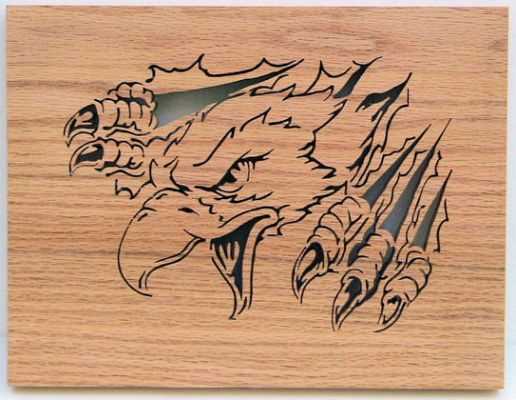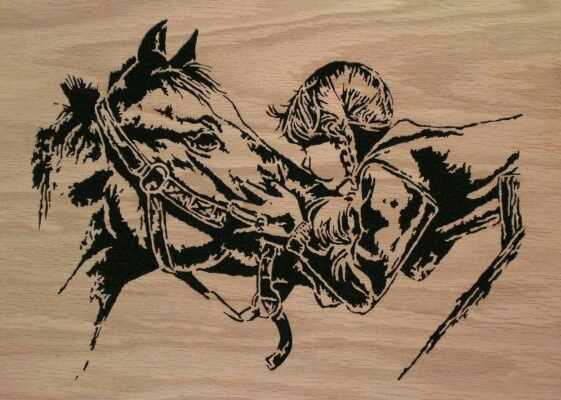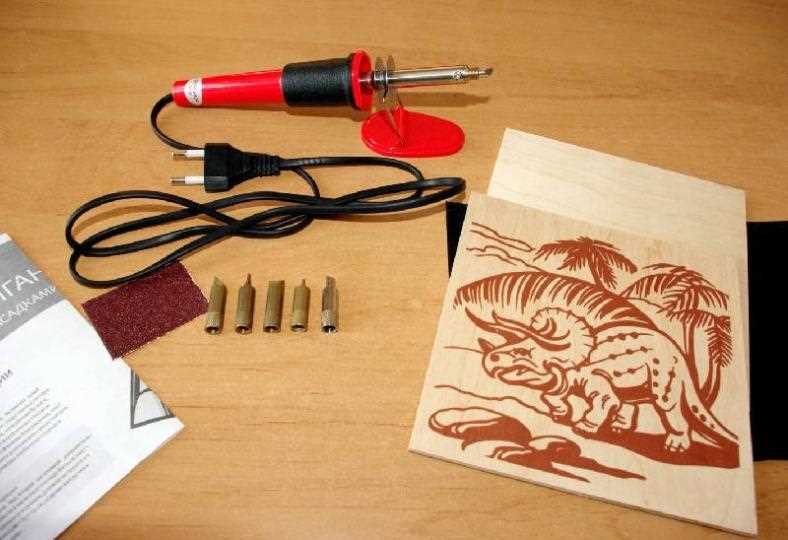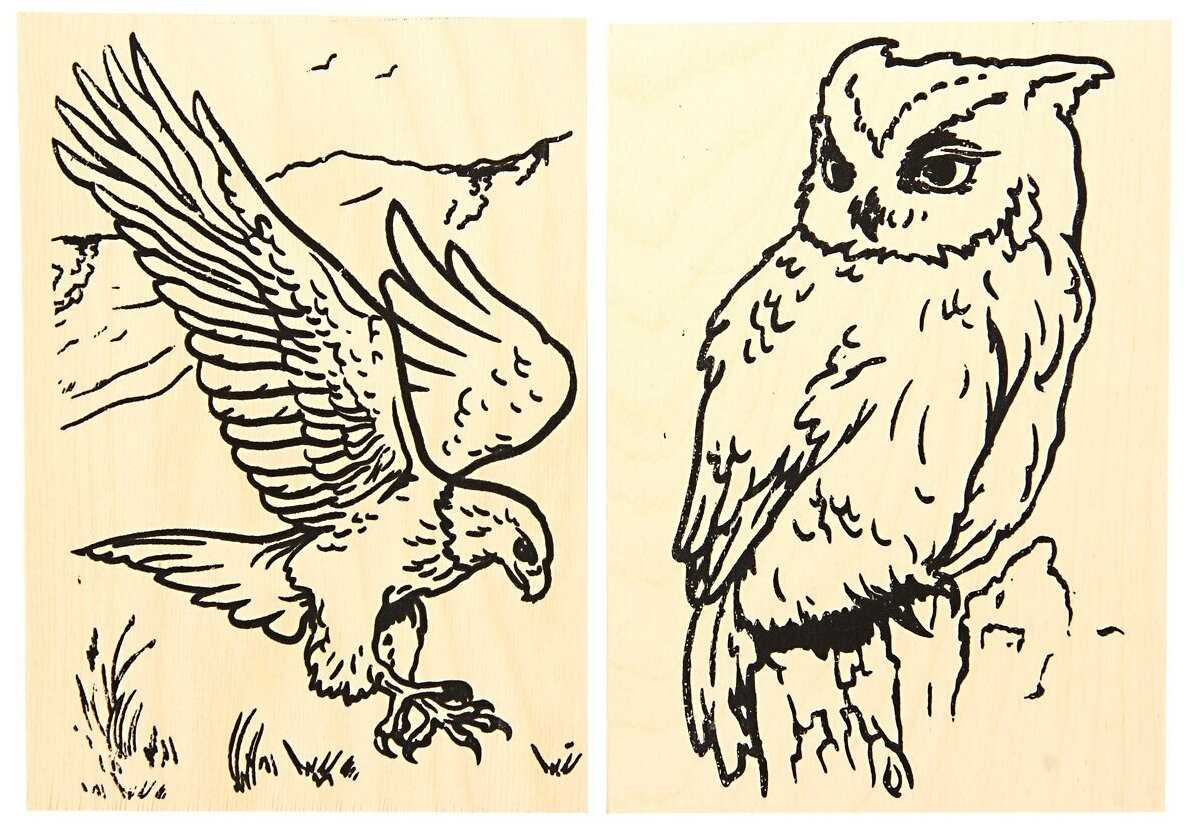Pyrography letter templates

Choosing the Right Template for Your Project

Start with templates that match your skill level and desired outcome. If you’re just beginning, look for simple fonts with clear lines. More advanced crafters might want to explore intricate, flowing script styles. Always select a template that matches the space and shape of your wooden piece.
Where to Find Templates
- Online resources: Many websites offer free pyrography letter templates to download and print.
- Books: Some crafting books include detailed templates designed specifically for pyrography.
- Customizable options: If you’re looking for something unique, there are tools available to create custom letter designs.
Transferring Templates to Wood
Once you’ve selected a template, it’s time to transfer it to your wood surface. Use graphite transfer paper for clean results. Simply place the transfer paper between the wood and the template, then trace over the lines. Ensure the design is well-aligned before starting the pyrography process.
Techniques for Pyrography on Letters
For sharp, clear lines, use a fine-tipped pyrography tool. Start with light pressure, allowing the wood to darken gradually. If the letters are larger or require more shading, switch to a wider tip for quicker coverage.
Shading and Detailing
- Light shading: Use small circular motions for soft, subtle shading.
- Deep shading: Apply more pressure with your tool for darker, deeper tones.
- Letter outlines: Consider adding bold outlines to enhance the legibility of your design.
Finishing Touches

Once you’ve completed the pyrography, carefully sand the edges of the wood to remove any rough spots. Finish with a wood sealer to protect the design and give the piece a polished look.
Pyrography Letter Templates: A Practical Guide
Choosing the right wood is key for creating lasting pyrography designs. Softwoods like pine or basswood are ideal because they are easier to burn, providing smooth, consistent results. Avoid hardwoods like oak or mahogany, as they can be more difficult to work with and may lead to uneven burning.
How to Prepare Your Pyrography Tools for Designs
Before you begin, ensure your pyrography pen is set up with the correct tip for detailed work. Use a fine-pointed nib for letters, as this allows for precision. Clean the tip regularly to avoid build-up that can impact the quality of your burn. Adjust the temperature settings to a moderate level, ensuring the burn marks are visible but not too deep.
Step-by-Step Process for Transferring Templates onto Wood
Begin by printing your letter template on regular paper. Place it over your wood and secure it with masking tape. Use a pencil or carbon paper to trace the outlines of the letters onto the wood surface. Afterward, remove the paper, leaving only the outline to guide your burning process.
For clear and precise characters, move your pen slowly along the traced lines. Keep the pen at a steady angle, making sure not to apply too much pressure. This will help create clean, crisp edges without smudging or burning too deep.
Adding Decorative Elements to Your Letter Templates

Enhance your design by adding borders, flourishes, or decorative patterns around the letters. Use smaller tips for intricate details like vines or swirls. Consider adding shading to give depth and dimension to your work, which can be done by lightly burning around the edges of the letters.
To preserve your designs, apply a clear wood finish or sealer once the pyrography is complete. This protects the artwork from damage and maintains the vibrancy of the burned patterns.